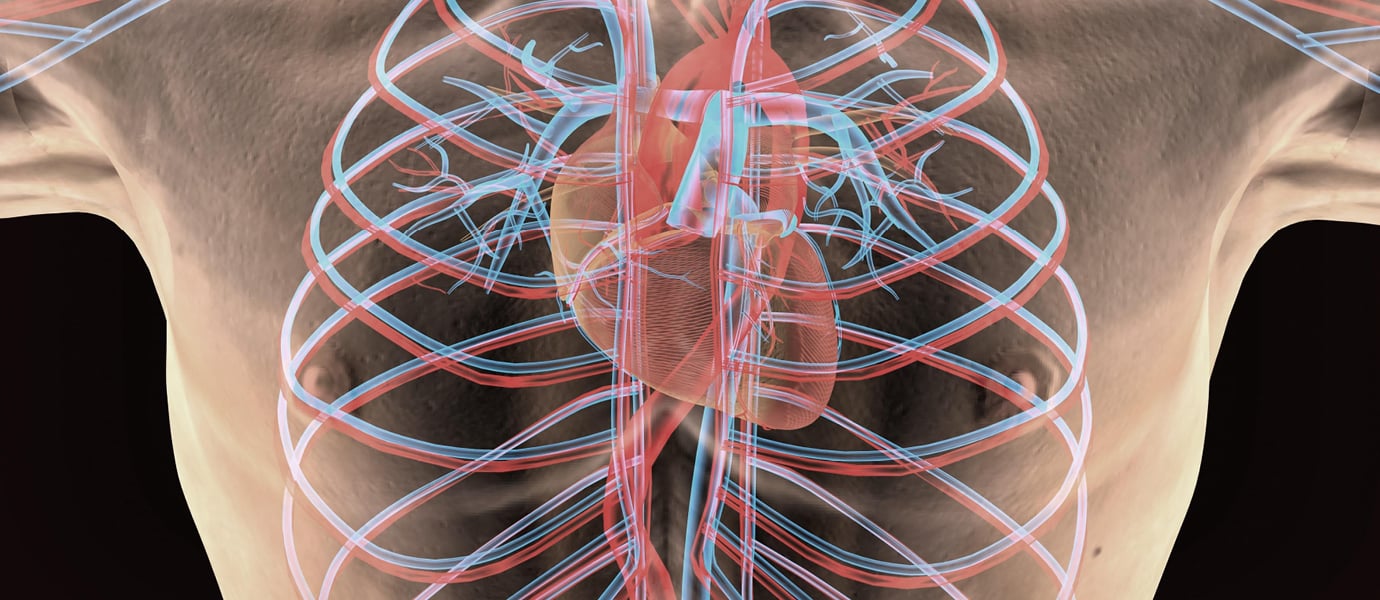ICD-10 Reminder Series: Chapter 1.C. 9. Diseases of Circulatory System Part 2

In this post, we’ll be going over part 2 of our ICD-10-CM guidelines series, “Diseases of the Circulatory System,” found in Chapter 9 of ICD-10-CM.
According to the American Heart Association, Cardiovascular diseases claim more lives than cancer or chronic lung disease each year. Coronary heart disease (CHD) is the most common type of heart disease with hypertension and high LDL cholesterol coming in close behind. 1 in every 3 deaths is due to heart disease. There are several risk factors associated such as smoking and obesity with heart disease. Patients often have comorbidities such as diabetes. When coding conditions classifiable to category I00-I99 we need to read the physical documentation closely, include these associated comorbidities as well as other risk factors.
ICD-10-CM includes many combination codes for heart disease as well as instructions for sequencing and “use additional code(s)” for comorbidities and risk factors. For example, atherosclerotic heart disease with angina pectoris with a combination code (I25.119) unless documentation indicates the angina is due to something other than atherosclerosis. If a patient with a smoking history and CAD is admitted due to an acute MI, the AMI should be sequenced before the CAD followed by the smoking history.
Here is another example:
A 63-year-old male with unstable angina and history of coronary artery bypass 18 months ago. Recent cardiac catheterization shows continued evidence of CAD but both bypass grafts are patent. Also, the patient suffers from cerebrovascular infarction 3 years ago which resulted in right-sided hemiparesis. The appropriate ICD-10-CM codes for this patient as per ICD-10-CM guidelines are I25.110, I69.351, and Z95.1.
For an intraoperative and postprocedural cerebrovascular accident, ICD-10 guidelines state the medical record should specify the cause and effect relationship between a medical intervention and the cerebrovascular accident. To assign the correct code(s), the documentation should indicate if the event was an infarction or hemorrhage and whether it occurred intraoperatively or postoperatively.
Category I69 is used to indicate conditions classifiable to categories I60-I67 as the causes of sequelae (AKA late effects) of neurological deficits. These “late effects” include neurologic deficits that persist after the initial onset of the cerebrovascular event or may arise at any time after the onset of the condition are classifiable to categories I60-I67. If the patient does not have neurologic deficits, then category I69 should not be assigned.
There are codes from category I69, Sequelae of cerebrovascular disease, that specify a late effect of hemiplegia, hemiparesis, and monoplegia which identify whether the dominant or nondominant side is affected. Per ICD-10 guidelines, if the affected side is documented, but not specified as ‘dominant’ or ‘nondominant’, and the classification system does not indicate a default, we should apply the following:
- For ambidextrous patients, the default should be dominant,
- If the left side is affected, the default is non-dominant and
- If the right side is affected, the default is dominant.
For example, a patient is seen in clinic as a follow up from a previous stroke. He suffered a cerebrovascular infarction 6 months ago which left him with aphasia and left-sided hemiparesis on his nondominant side. The appropriate ICD-10-CM codes for this patient as per ICD-10-CM guidelines – I69.354 and I69.320. In this example, category I69 is used to indicate neurological deficits that persist after the initial onset of conditions classifiable to categories I60.-I67. The left is specified as the side of hemiparesis.
Let’s move on to Acute Myocardial infarction: Type 1 STEMI and NSTEMI. The ICD-10-CM codes for AMI identify the site, such as an anterolateral wall or true posterior wall. Sub-categories I21.0-I21.2 and I21.3 are used for STEMI and I21.4 are used for NSTEMI. There are additional codes for Acute MI vs. Old MI. If the MI is equal to, or less than, four weeks old, including transfers to another acute setting or a post-acute setting, and the patient requires continued care for the MI, use codes from category I21 - AMI. For encounters after the 4-week time frame and the patient is still receiving care related to the MI, the appropriate aftercare code should be assigned, rather than a code from I21. For old or healed myocardial infarctions not requiring further care, code I25.2. If an AMI is documented as nontransmural or subendocardial and the site is provided, it is still appropriate to assign a coded as subendocardial AMI.
Here is an example: The patient presented to the emergency department and was diagnosed with an acute inferior wall myocardial infarction. Two weeks later, she is still being monitored following her initial heart attack and continues to have atrial fibrillation. The appropriate ICD-10-CM codes for this patient as per ICD-10-CM guidelines is I22.1 subsequent ST elevation (STEMI) myocardial infarction of inferior wall, I21.4 n on-ST elevation (NSTEMI) myocardial infarction, and I48.0 paroxysmal atrial fibrillation. In conclusion, the code assignment for Diseases of the Circulatory System is a bit complex but with proper documentation and use of set guidelines including the use of the “Use additional code” instructions assigning the correct ICD-10-CM codes can be made easy.
Download this article and its bundle here.
Be sure to download the rest of this series by using the following links:


Questions or Comments?